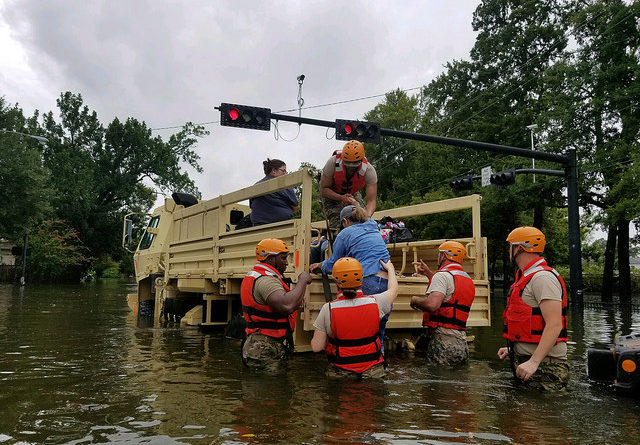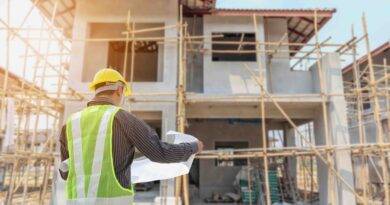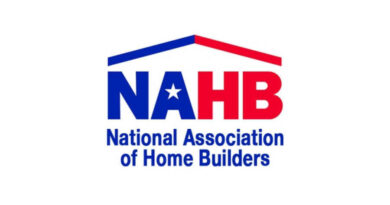Dear Consultant: What happens to housing markets after a hurricane?
John Burns Research & Consulting was asked, “How does Florida’s housing market compare to the rest of the country?” But since the state suffered a direct hit from Hurricane Helene last weekend, [they] slightly altered the question.
JBREC has several employees throughout Florida and the Southeast who have been affected by the storm. While some experienced flooding and damage to their homes, we are relieved to share that everyone is safe. Our thoughts are with everyone facing challenges in the aftermath.
Authorities are still determining the extent of the devastation caused by Hurricane Helene. The storm’s path reached from Fort Myers, FL, north to the Carolinas. St. Petersburg, FL, and Asheville, NC, were significantly impacted by flooding and damage caused by the storm’s violent wind and rain.
The widespread upheaval will affect the housing and rental markets in Florida and across the Southeast. We highlight major real estate impacts, using Tampa, FL, as an example.
Temporary rental market demand
Flooded and damaged homes typically become unlivable, forcing most residents to move into rental housing while they wait for repairs. Following Hurricane Ian in 2022, the occupancy rate in Fort Myers increased from 95.2% to 98.2% as many residents used temporary housing assistance to rent.
We expect Tampa’s apartment market to see a similar trend after Hurricane Helene. It is still early, but we expect storm-ravaged markets in the Southeast to experience a surge in rental demand. The increased apartment demand will help Florida and the Southeast absorb much of the new supply that entered the market over the past 2 years.
Inland migration
We saw an increase in demand for new housing in inland locations after Hurricane Ian, and we expect the same will occur now. However, inland migration was already happening in Tampa as residents sought more affordable housing. Over the last 12 months, Lakeland was the top in-migration destination from the Tampa MSA.
Insurance rates
Florida’s high insurance costs have become a significant hurdle to homeownership. Pre-Helene, it had been a relatively mild hurricane season, and many industry watchers expected insurance rates to start falling, which could have spurred homebuying and new construction. On the multifamily side, high insurance costs are a primary impediment to new construction. Hurricane Helene has made it unlikely that insurance rates will fall in Florida in 2025.
Repair and remodel
We estimated $36 billion for Hurricane Ian-related residential remodels and repairs (R&R) over 4 years, with most of this spending in 2023 and 2024. We expect R&R spending for Helene to be higher, given the extent of the Southeast affected and the higher cost of labor and materials.
Hurricane Helene was one of the largest hurricanes to hit the US, with tropical-storm-force winds felt more than 450 miles from the storm’s center. The damage to homes, infrastructure, and buildings will be significant, and the cleanup process lengthy.
Residents of Florida and the Southeast are resilient; they will clean, rebuild, and recover. The region will continue to attract people who appreciate the quality of life, relatively low cost of living, and great weather (most of the time).




